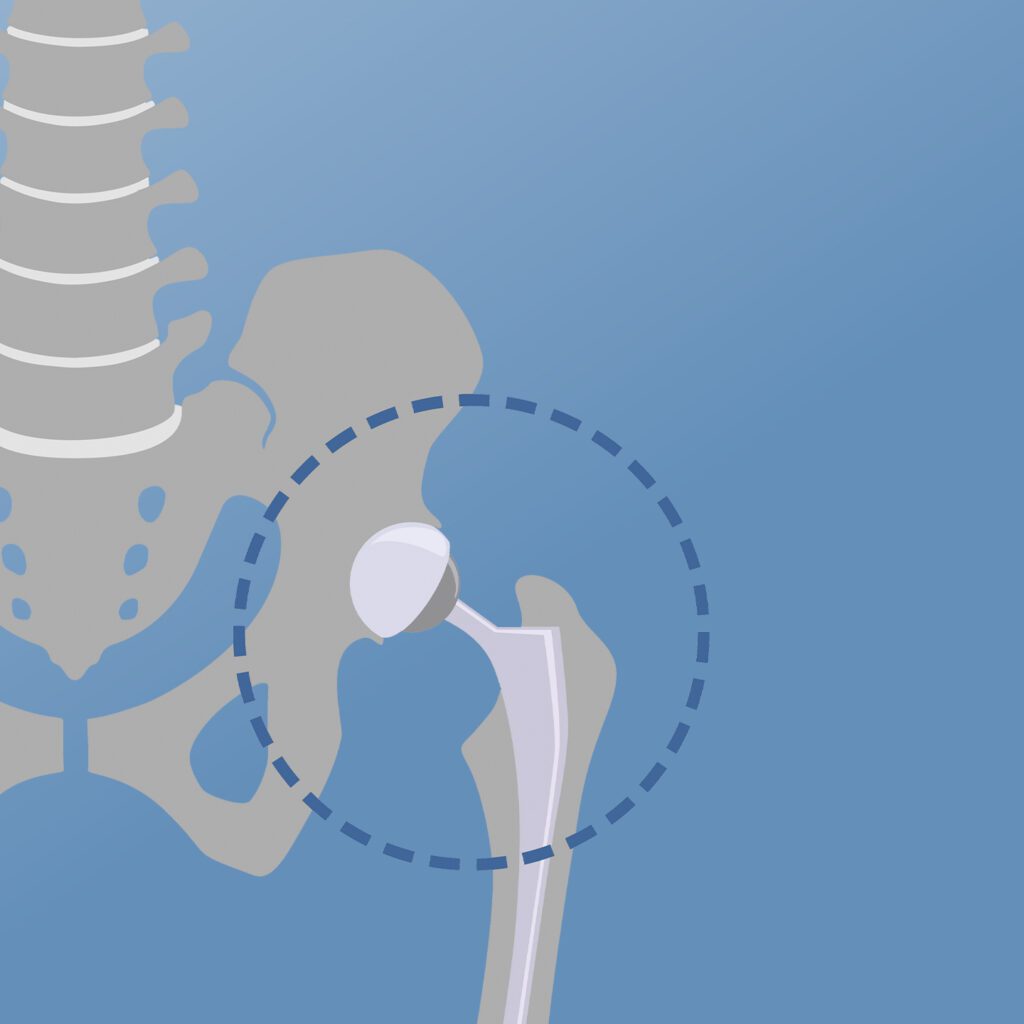Candidates for this total hip replacement approach can find great relief from hip joint pain.


Total hip replacement surgery relieves pain and restores mobility to individuals whose hip joints have been damaged from arthritis and have not found relief with other conservative treatments like medications, physical therapy, or injections. There are multiple approaches to this procedure – one of which is the direct anterior approach, where the joint is accessed through the front of the hip.
How Does It Work?
During this minimally invasive procedure, the surgeon makes an incision on your leg, near the groin, and removes the damaged hip joint. An artificial joint, featuring a ball and socket made of metal, ceramic, and plastic, is then installed. Recovery starts right away with patients walking the day of surgery and includes several weeks of physical therapy. Most patients can resume normal light activities within three to six weeks of surgery.
The Benefits of Anterior Approach Hip Replacement
Personalized approach. The method used for total hip replacement is decided on by you and your physician. Recipients of anterior approach hip replacement can be assured that this method was selected for their situation as part of a personalized treatment plan chosen with care.
Muscle sparing. Frontal entry makes it possible to reach the joint by separating the muscles, rather than splitting them. For the appropriate patient, this can minimize postoperative pain during the initial recovery period, and because less tissue is disrupted, postoperative hip precautions are often not required.
Restored mobility. Total hip replacement is an effective way to restore function and alleviate pain from damaged joints. Thanks to this procedure and the advanced technology that makes it possible, recipients can enjoy reduced pain, improved range of motion, and better quality of life.


